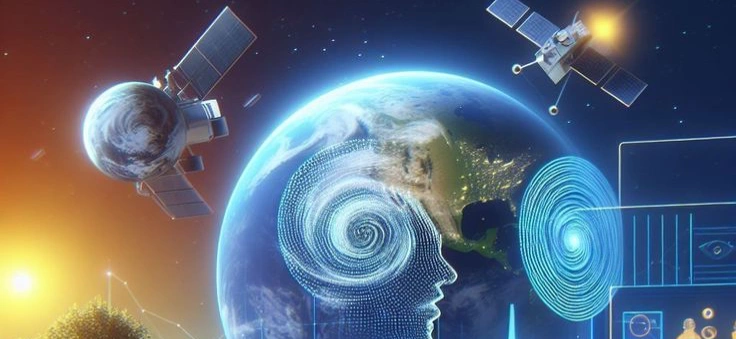Publication: Digital Fatigue — When Technology Becomes Exhausting
Technology makes life easier — at least, that’s what we’re told. Instant communication, remote work, one-click delivery, smart assistants, AI tools that write and organize for us. But alongside these digital conveniences, another reality is growing — digital fatigue.
We live in an age of constant connection. Notifications never stop. Zoom meetings blend into chats, messengers merge with corporate platforms. The workday has no clear end; the boundaries between “home” and “office” have vanished. We’re always online — yet increasingly emotionally distant.
This leads to a new form of burnout — technological exhaustion. And it’s not just about eye strain or back pain. It’s about irritability, lack of focus, anxiety without clear cause, apathy toward work, and even a disinterest in real-life interaction.

The most vulnerable are those whose jobs revolve around screens: office workers, freelancers, online teachers, students, developers. But the digital trap catches nearly everyone — teens, parents, retirees. Even rest has gone digital: streaming, TikTok, YouTube, gaming — it’s screen after screen after screen.
Why is this dangerous? Because we’re losing the ability to be present. We forget what it’s like to truly rest without a screen, to talk without emojis, to notice the people around us, not just the ones in the chat. Our minds weren’t built for nonstop information — and at some point, they begin to short-circuit.

What can we do?— Practice digital hygiene: mute notifications, take screen-free breaks, have “offline days.”— Separate work from personal life: no emails after 8 PM, no working from bed.— Reclaim the analog: read physical books, walk without headphones, have real conversations.— Talk about burnout — with friends, family, colleagues.
Digital technology is not the enemy. But it demands a new kind of responsibility — to ourselves. Feeling tired of being constantly connected doesn’t mean weakness. It means it’s time to reclaim silence.
Close